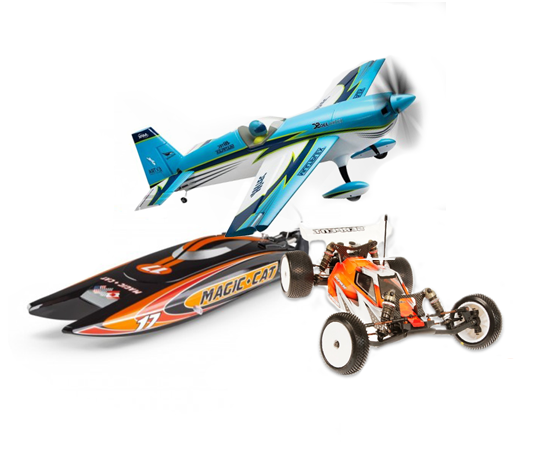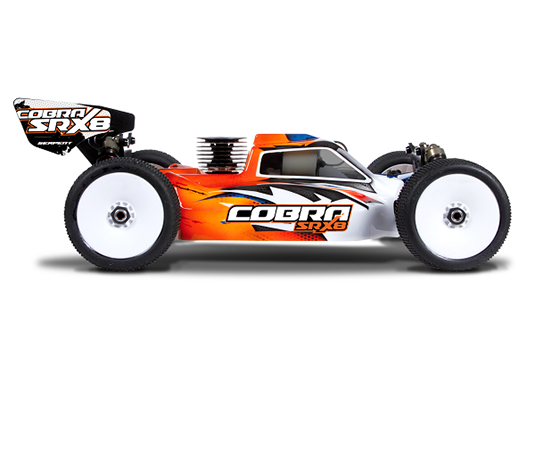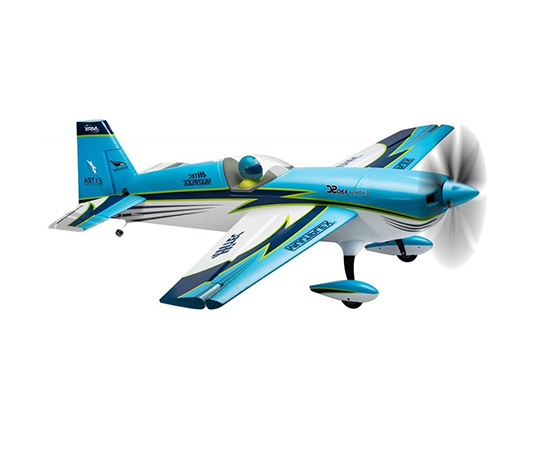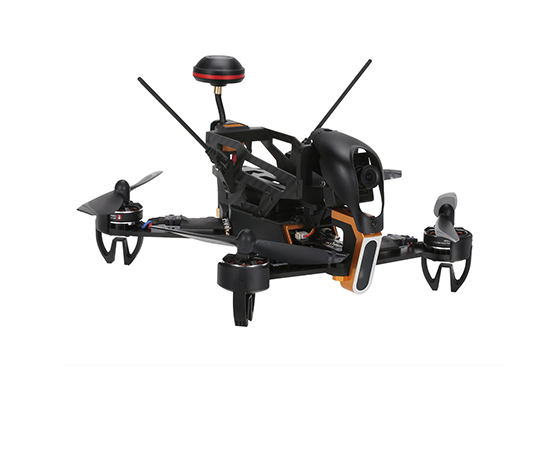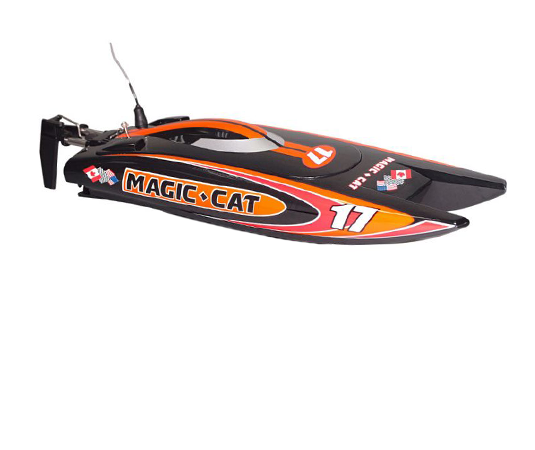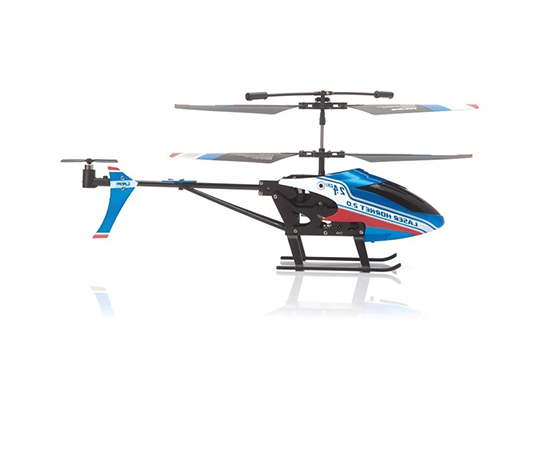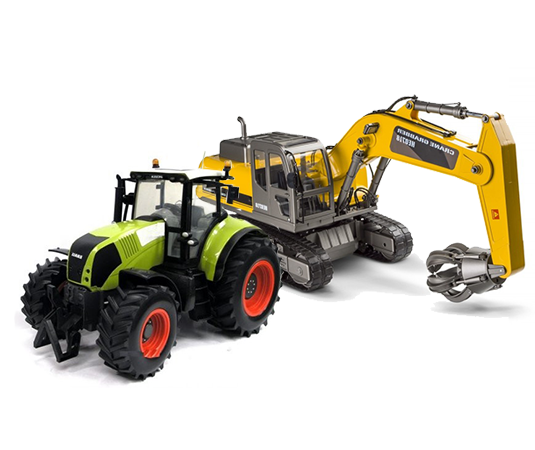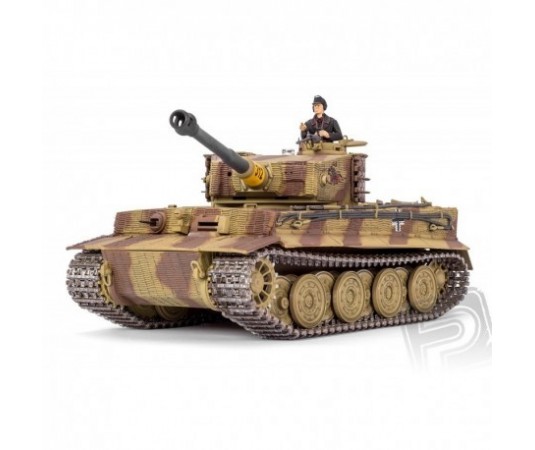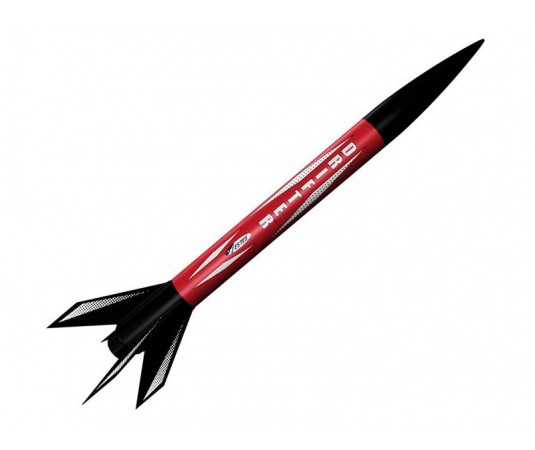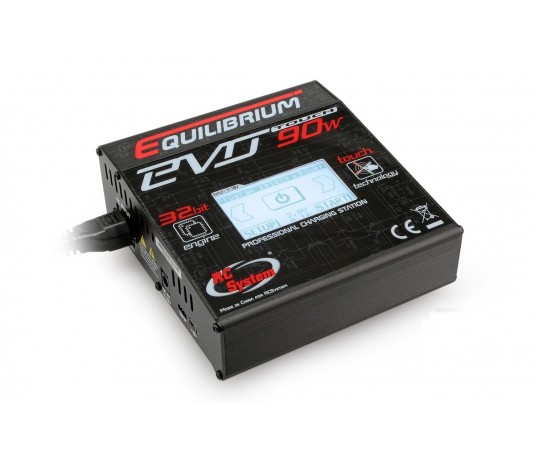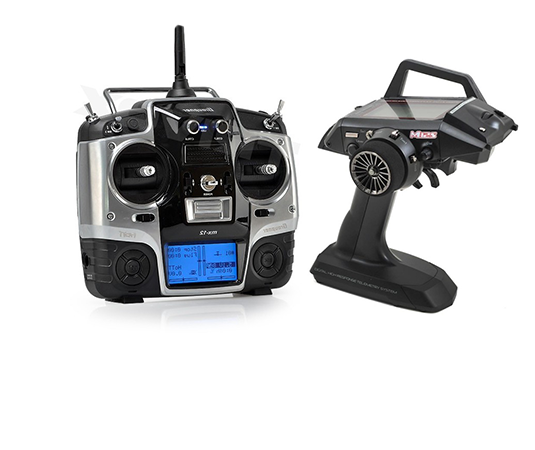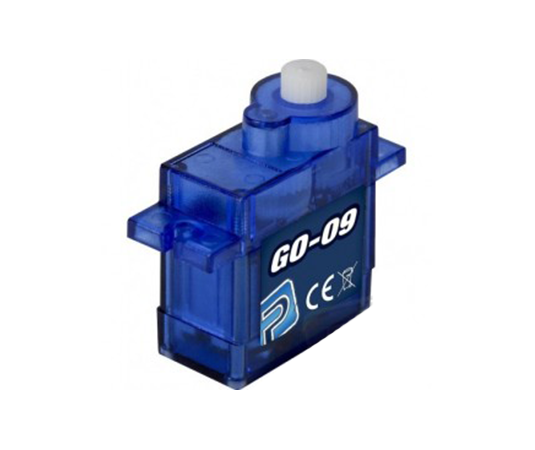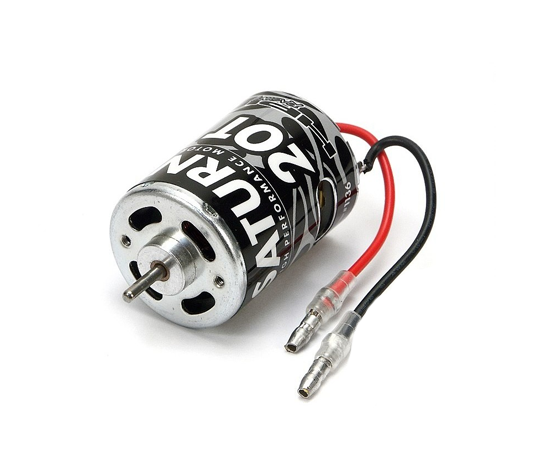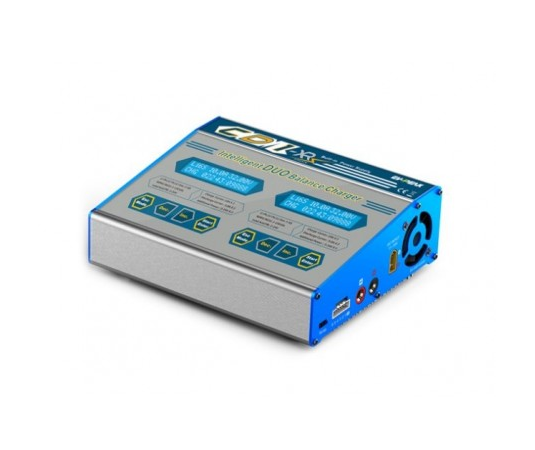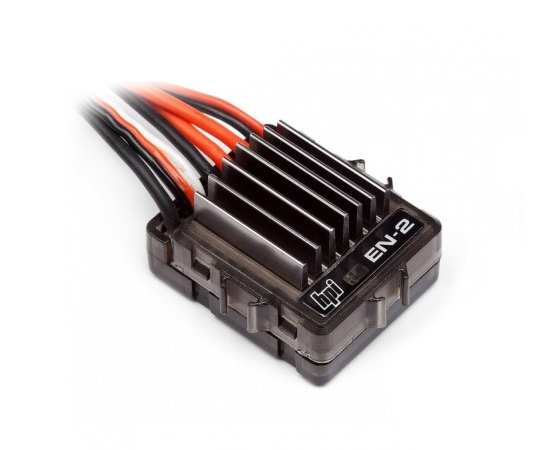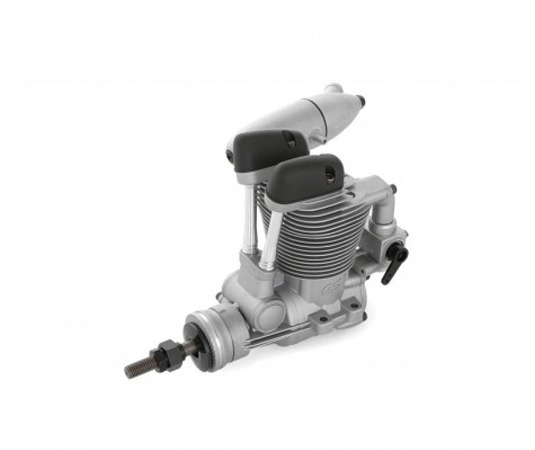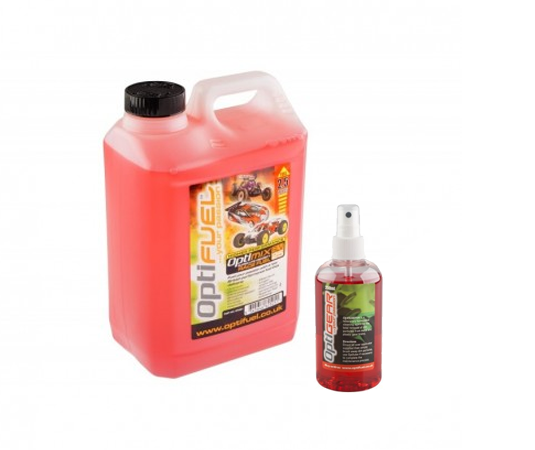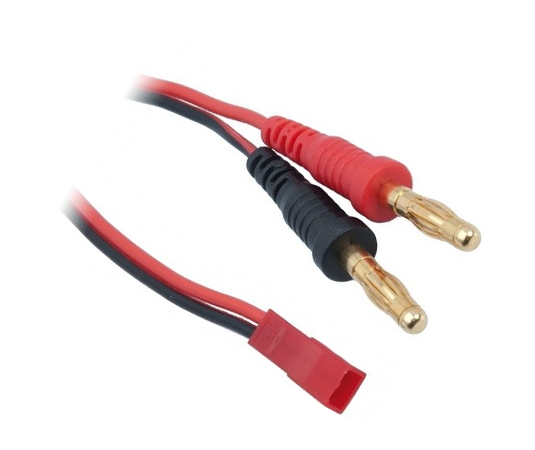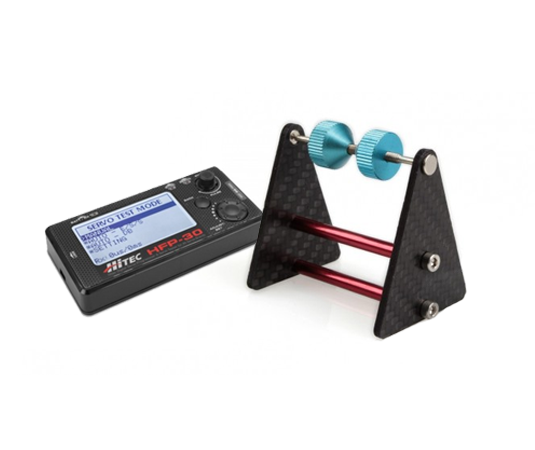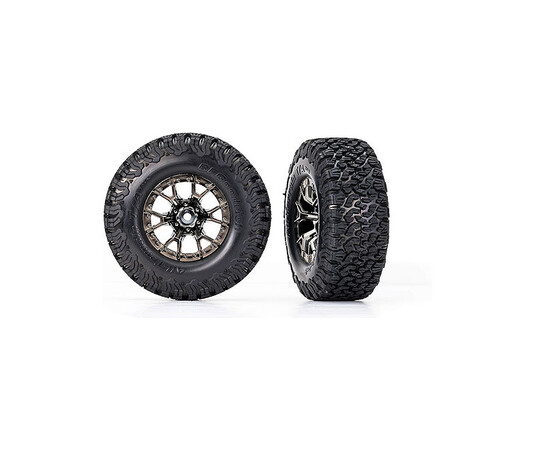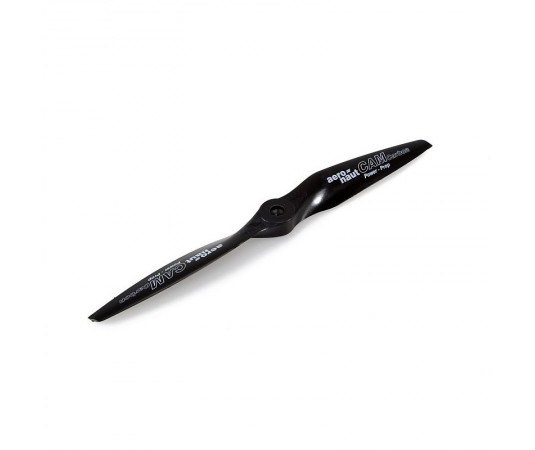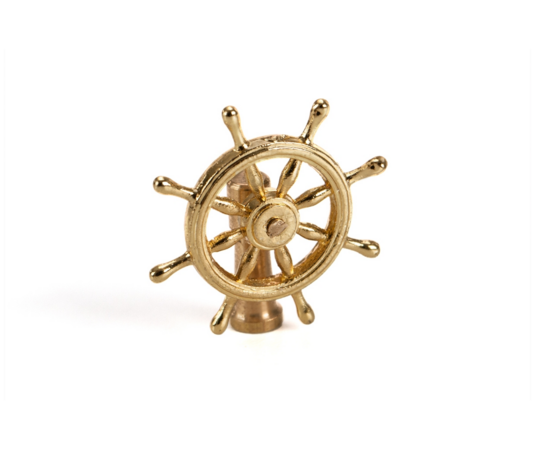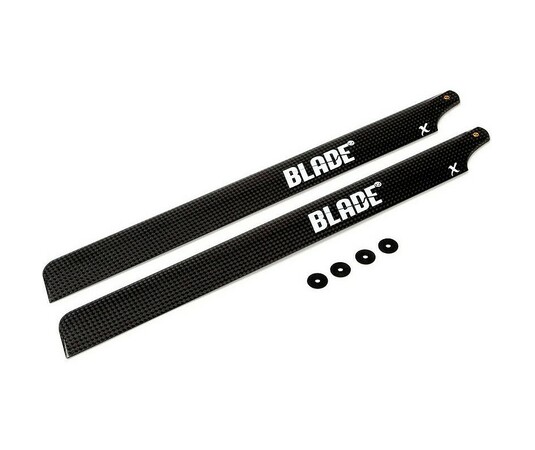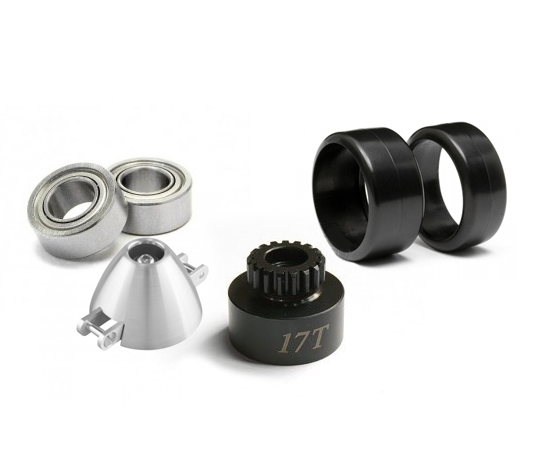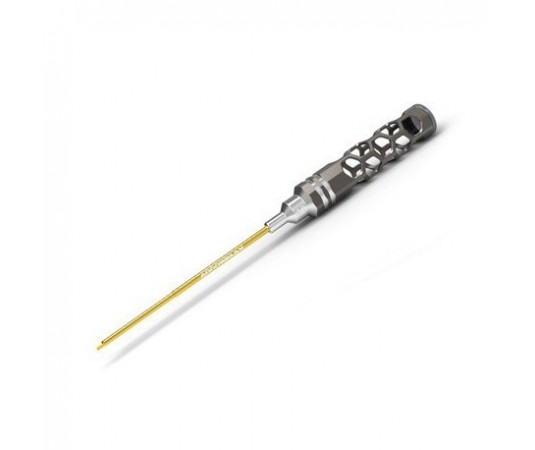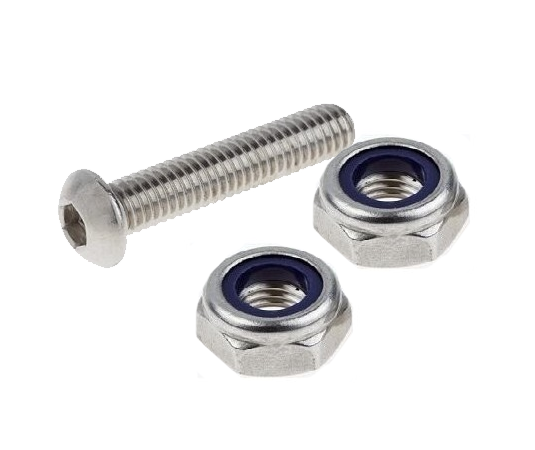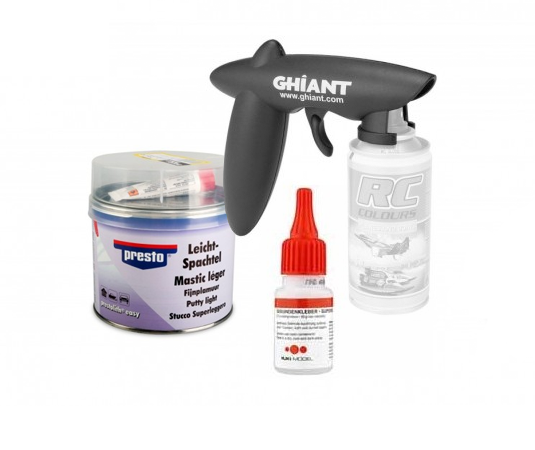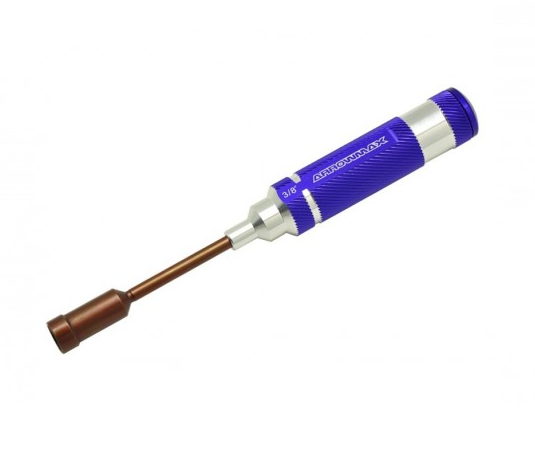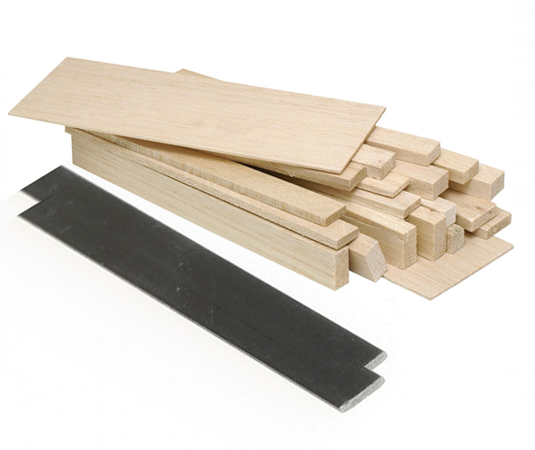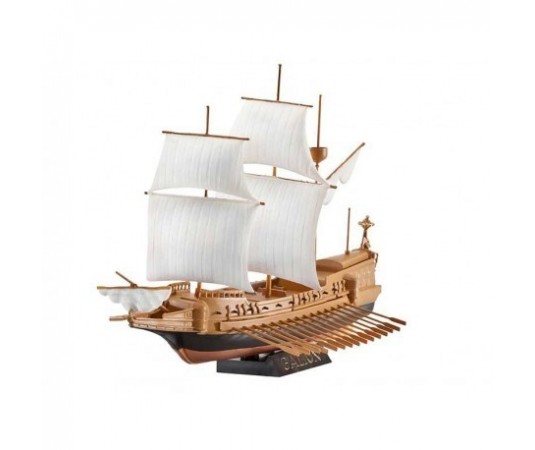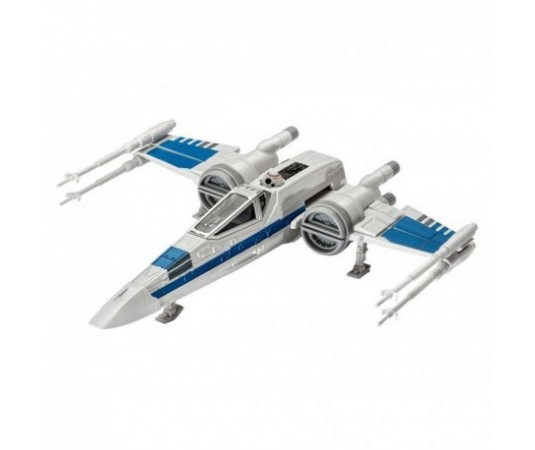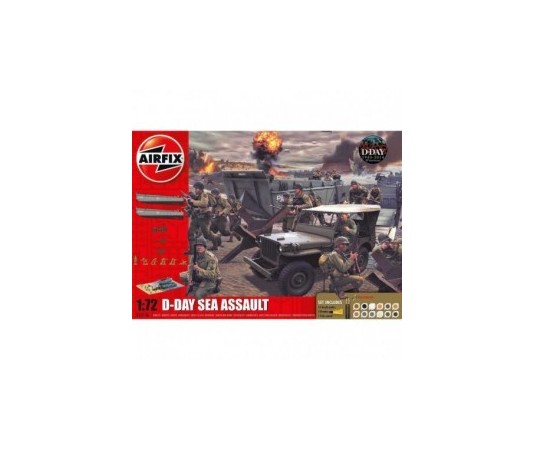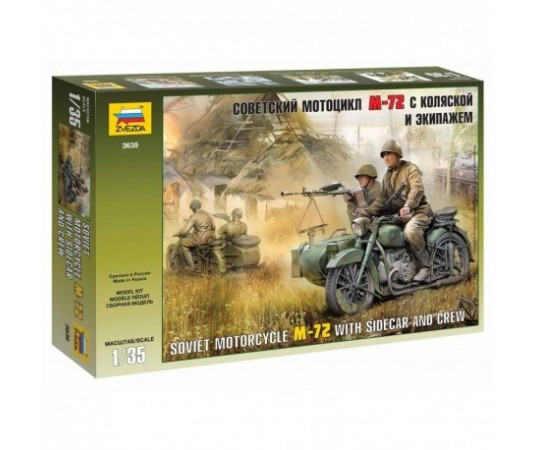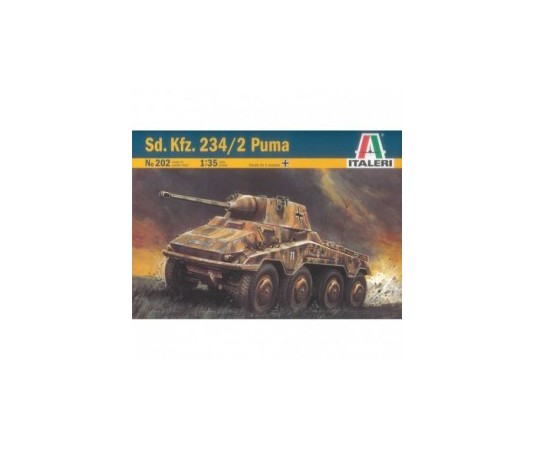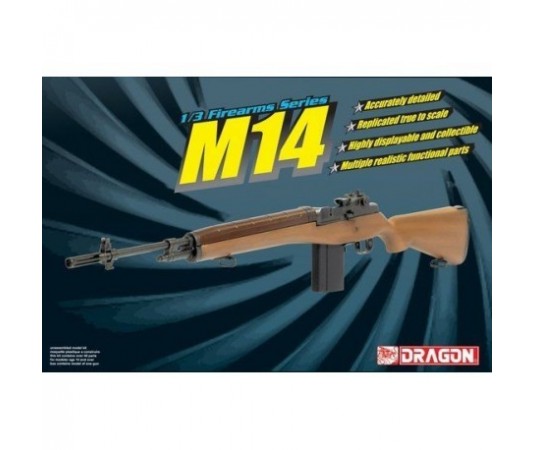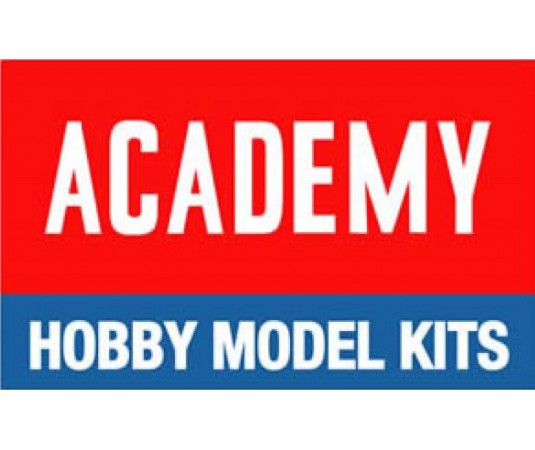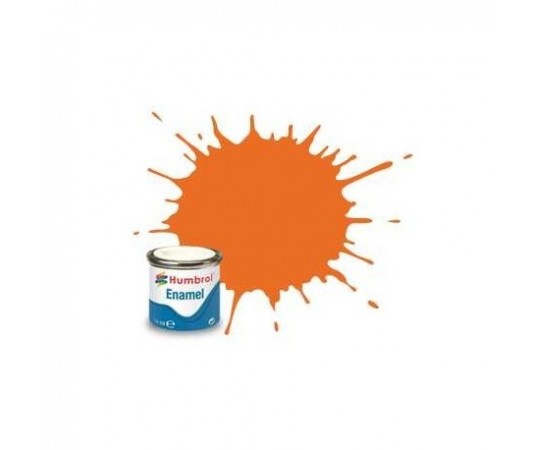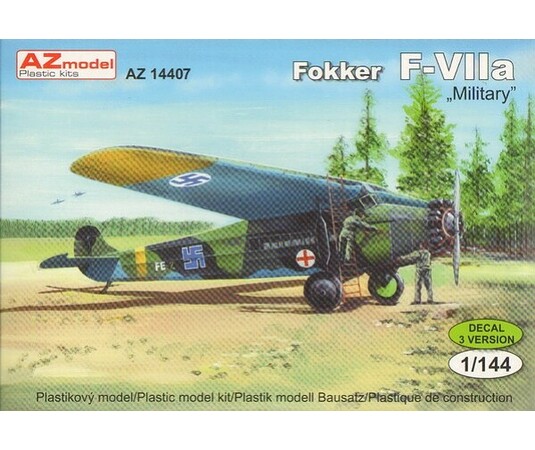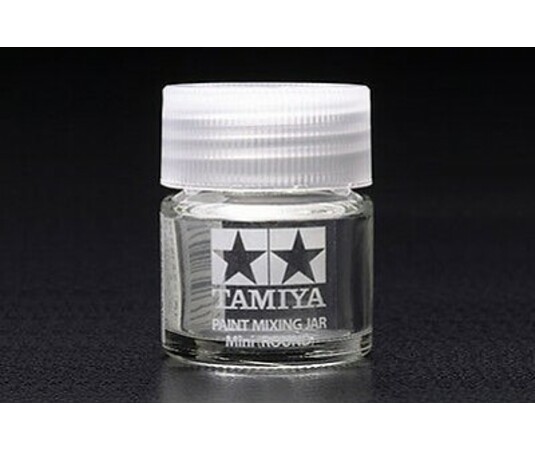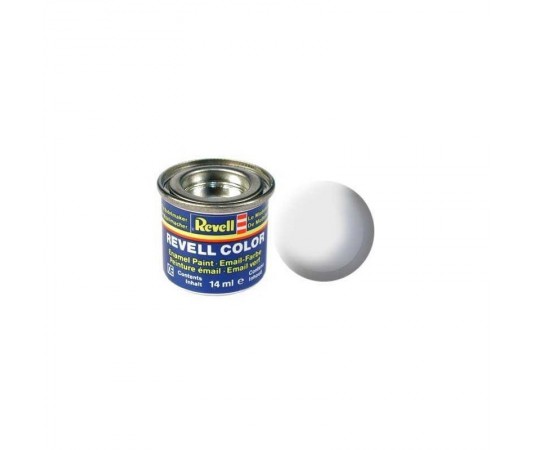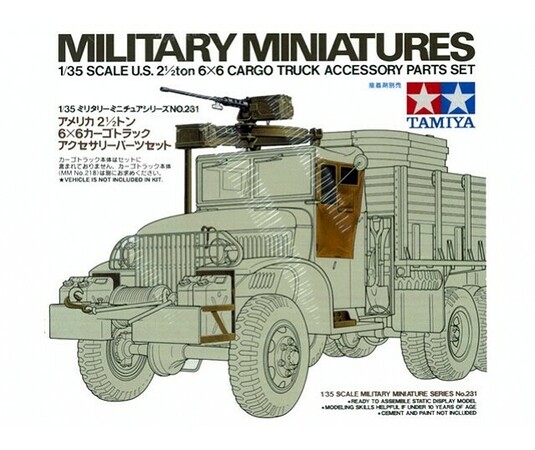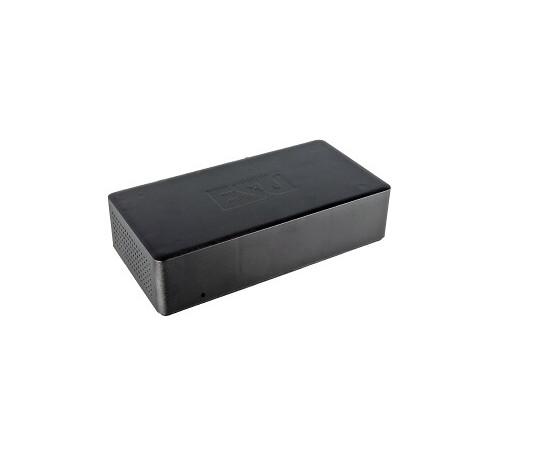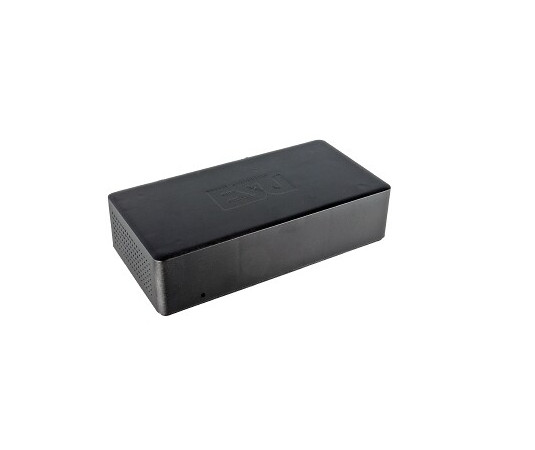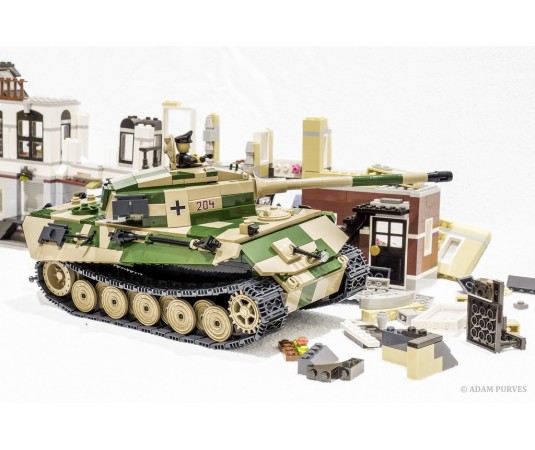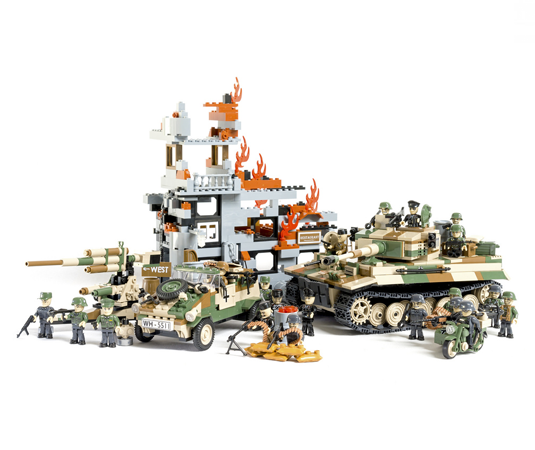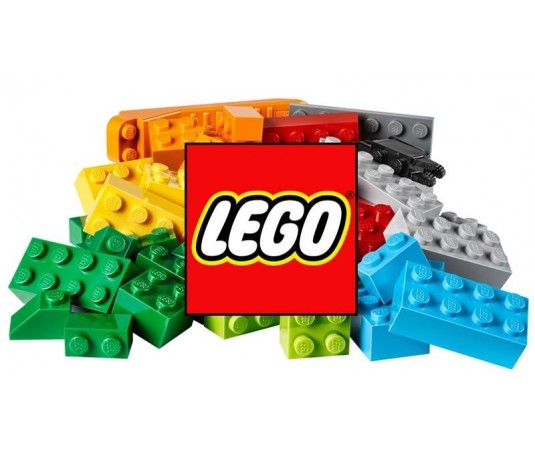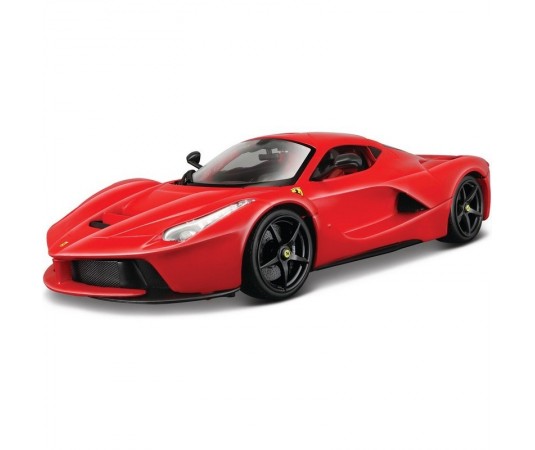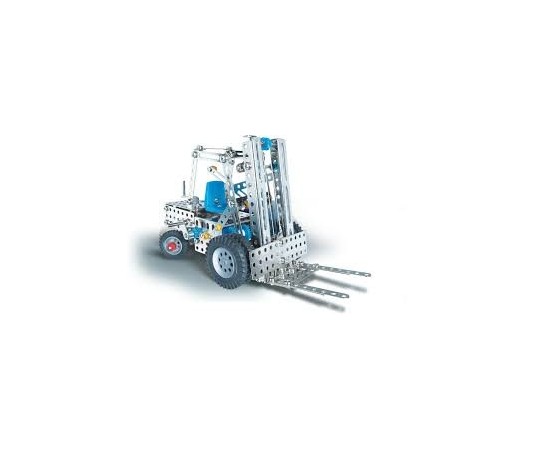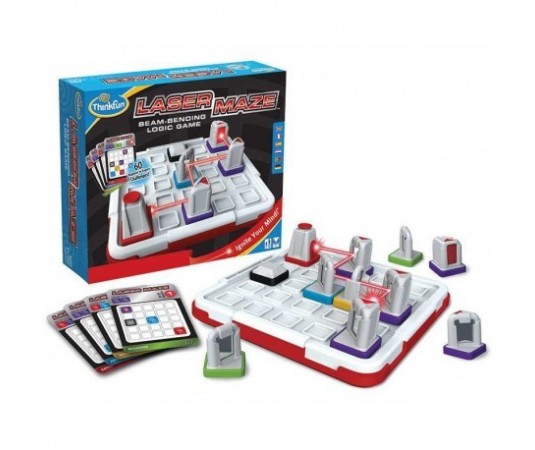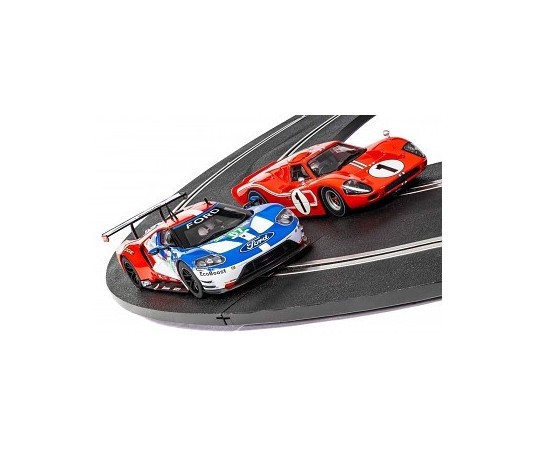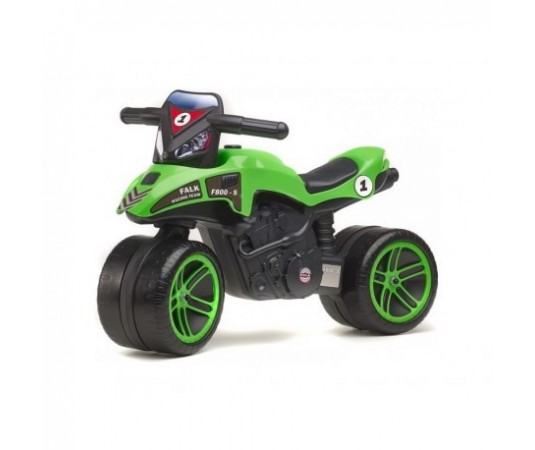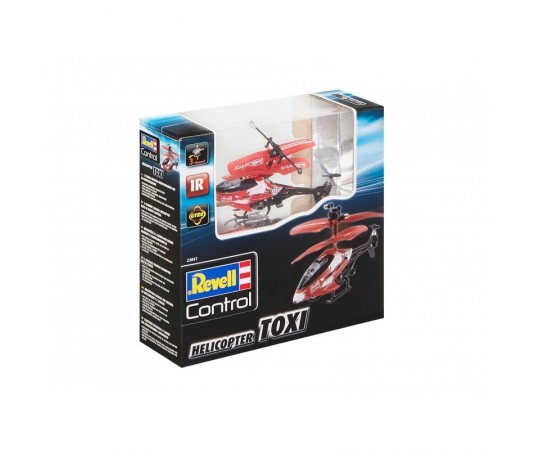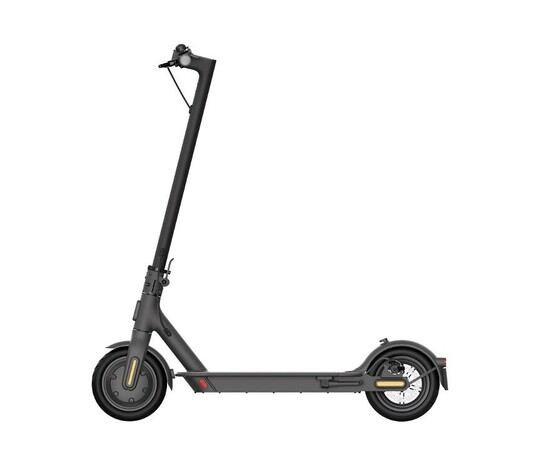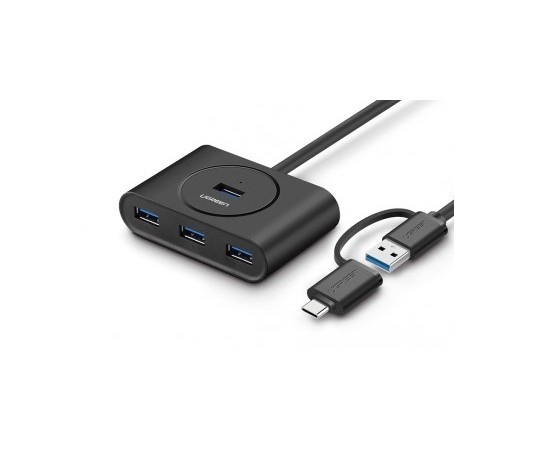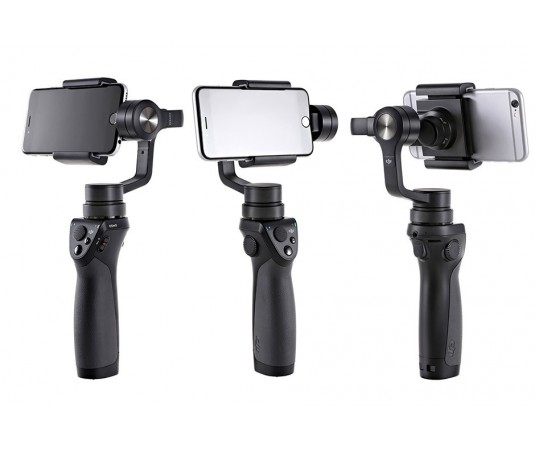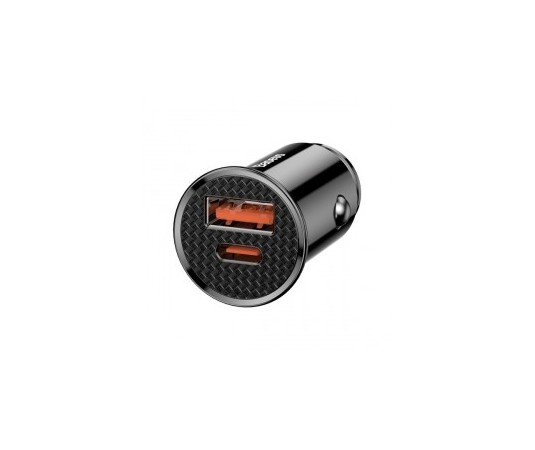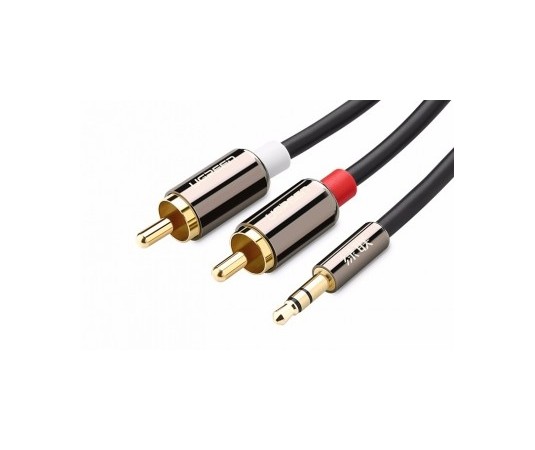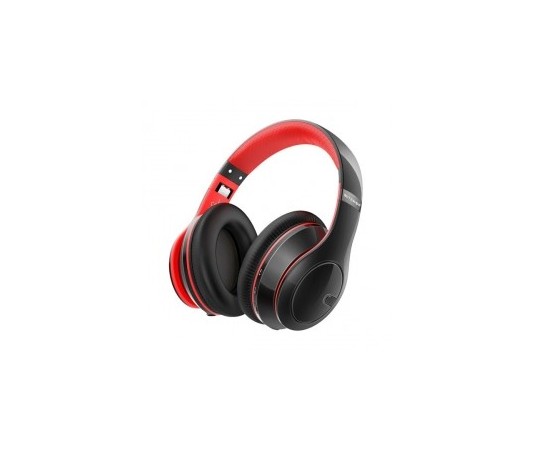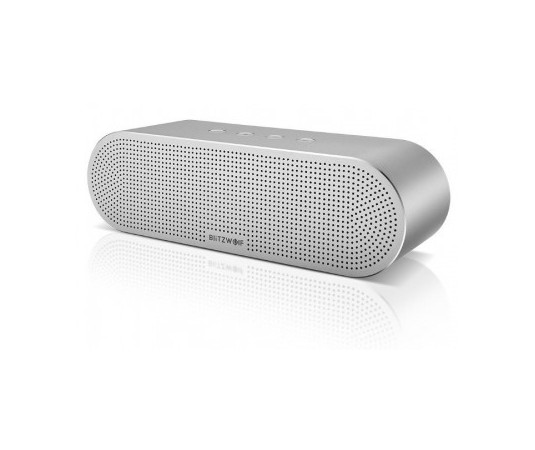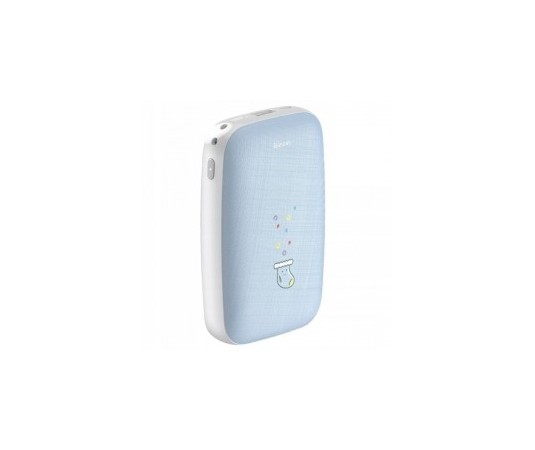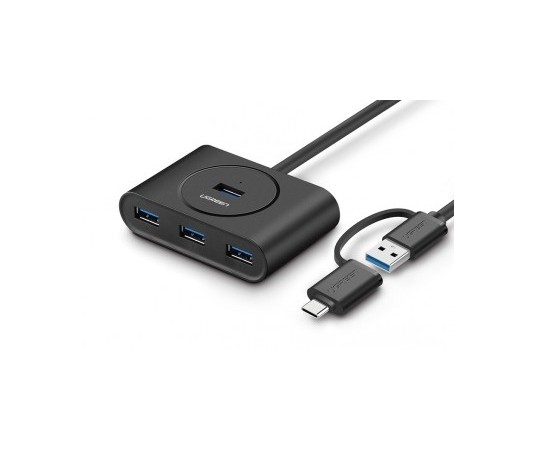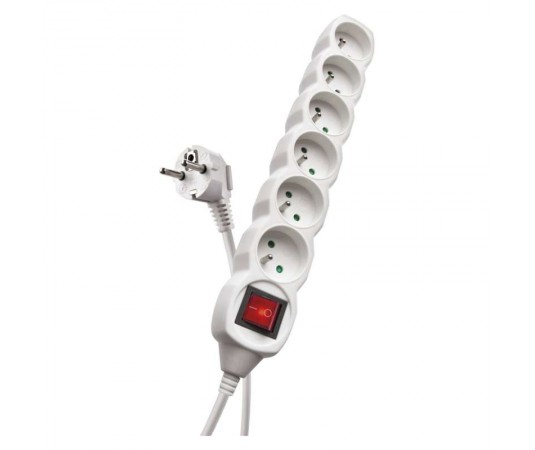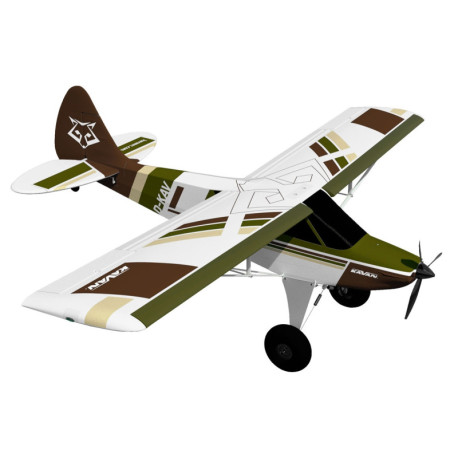KAVAN Norden 1600mm ARF - bush

Express delivery

Large selection of carriers

Satisfaction guarantee
In the second half of the 1990s, the Italian designer Russo Pasquale and his team set out to create an ultra-light tourist aircraft with excellent flight characteristics, short take-off and landing capabilities, with a classical proven design, which would be economical in operation, easy to build and maintain. They were inspired by the legendary Piper Cub; but during construction they used the most modern computer technology and the latest knowledge of aerodynamics, top materials and avionics, so they created a perfect machine for the beginning of the 21st century.
The first of the Savage series of aircraft went into production in Italy in late 1997/1998; in 1999, production was moved to the Czech Republic. Since then, he has been successfully working for the company Zlin Aviation s.r.o., where he can rely on the long-standing tradition of the world-famous sports aircraft manufacturer and its experienced team of workers.
More than 500 Savage series aircraft have already found customers worldwide; the latest model is the NORDEN designed for Rotax® 914, 915 or 916 engines with 115/141/160 HP. It offers the installation of a wide range of propellers, avionics and other individual modifications, allowing the pilot to fulfill his dream of a tourist aircraft capable of taking off and landing anywhere and at any time, providing the unsurpassed enjoyment of flight with a perfect view, which was characteristic of his old legendary model. And now you can enjoy flying with a 1600mm wingspan semi-model of this wonderful machine powered by a powerful AC motor!
The hull of the model is made of highly resistant EPO foam (extruded polyolefin) with thorough internal carbon reinforcements. A C3548-800 AC electric motor with a 10x6" three-bladed propeller and a KAVAN R-50SB Plus controller with a powerful BEC power stabilizer is installed in the bow to power the 6 servos on board. In the bow, under the removable cover, you will find enough space for the drive battery.
The model's EPO foam wing is two-piece with carbon spars and a carbon tube coupler. It is secured in place with screws. Ailerons and flaps (with linked slots on the leading edge) are controlled independently by two servos with short straight wire rods, and there are also functional position and landing LED lights. Easily removable carbon wing struts are held in place by a pair of wire clips.
The tail surfaces are also made of EPO foam. The rudder and elevator servos are housed in the fuselage; the rudders are controlled by short straight wire rods.
The main chassis is solid, duralumin with sprung mock-up struts. The wire spur is coupled to the turn signal.
The model is powered by a class C3548-800 AC motor with a 50 A KAVAN R-50SB Plus regulator.
For power, you will need a four-cell LiPo with a capacity of 2600-3300 mAh with a load capacity of at least 30C. Choose the specific type in such a way that the correct position of the center of gravity works best for you without further importation.
To control the model in an emergency, you can also use a six-channel computer RC set without special functions - in the basic version, the ailerons, flaps, rudder are connected to only one channel using the connection board installed in the cabin area. The board also provides power for the LED lights. The ideal is, of course, to use at least a seven-channel computer RC set enabling independent control of ailerons and flaps with two servos, which today the affordable Radiolink AT9S or AT10II or Futaba T6K or T10J can do. In this case, the aileron and flap servos must be connected separately (you can use an additional set of cables, which is sold separately). Of course, the manual includes a thorough table with proven default rudder deflection settings to easily prepare the Norden for flight, even if it is your first model with a "fully mechanized" wing.
ARF set includes: finished fuselage, wing and tail surfaces from EPO foam with installed engine, propeller, controller, 6 servos and LED lights, instructions.
| Span [mm] | 1600 |
| Length [mm] | 1275 |
| Wing area [dm 2 ] | 44.3 |
| Weight [g] | 2350 - 2400 |
| Controlled functions | S,V,K(2),M,F(2) |
| Difficulty of construction | S0, S1 |
| Difficulty of piloting | P2 |


